Protect Your Horse, Your Ride, and Your Investment
Buying a new saddle is exciting—but it can also be overwhelming. With so many choices out there, it’s easy to make decisions that cost you time, money, and comfort.
At Leatheryne, we’ve worked with riders across the globe and seen firsthand how the wrong saddle can lead to frustration—for both the rider and the horse. Here are the top 5 mistakes riders often make when buying a saddle—and how to avoid them:
1: Ignoring the Fit for Your Horse
One of the most common—and most damaging—mistakes is buying a saddle that doesn’t fit the horse properly. A saddle that’s too narrow or wide can cause pressure points, soreness, or long-term back issues for your horse.
How to Avoid It:
Measure your horse’s back or withers properly before buying. Know the tree size you need (e.g., semi QH, full QH, wide, etc.). If in doubt, go for custom fitting—we offer it at Leatheryne to make sure your saddle fits both horse and rider.
2: Choosing Price Over Quality
It’s tempting to go for the cheapest option—especially for first-time buyers—but cheap saddles often come with synthetic leather, weak trees, and poor stitching that don’t hold up over time.
How to Avoid It:
Invest in full-grain leather saddles made by experienced artisans. A well-crafted saddle may cost more upfront but lasts longer, rides better, and protects your horse.
3: Overlooking the Purpose of the Saddle
Not all saddles are made for the same job. A roping saddle isn’t ideal for trail riding, and a barrel racing saddle won’t offer the support needed for long rides.
How to Avoid It:
Be clear about your riding discipline and daily use. Are you riding trails, competing, or working cattle? Choose a saddle that’s built for your specific activity. We offer saddles designed for every discipline.
4: Buying Without Testing or Measurements
Many riders guess their seat size or go by what “feels about right.” The result? A saddle that’s too small or too large, throwing off balance and causing discomfort.
How to Avoid It:
Know your exact seat size—typically measured in inches—and your preferred saddle style. If you can’t test ride, get expert help. At Leatheryne, we walk our customers through measurements before building or shipping.
5: Ignoring the Saddle's Weight and Build
Some saddles are too heavy for the rider to handle, or poorly balanced, making them difficult to mount or adjust. Others might not suit your horse’s back length or muscle shape.
How to Avoid It:
Ask about the weight, balance, and structure of the saddle. Look for saddles that are sturdy but not bulky, and always choose one based on your horse’s size and your own physical handling needs.





